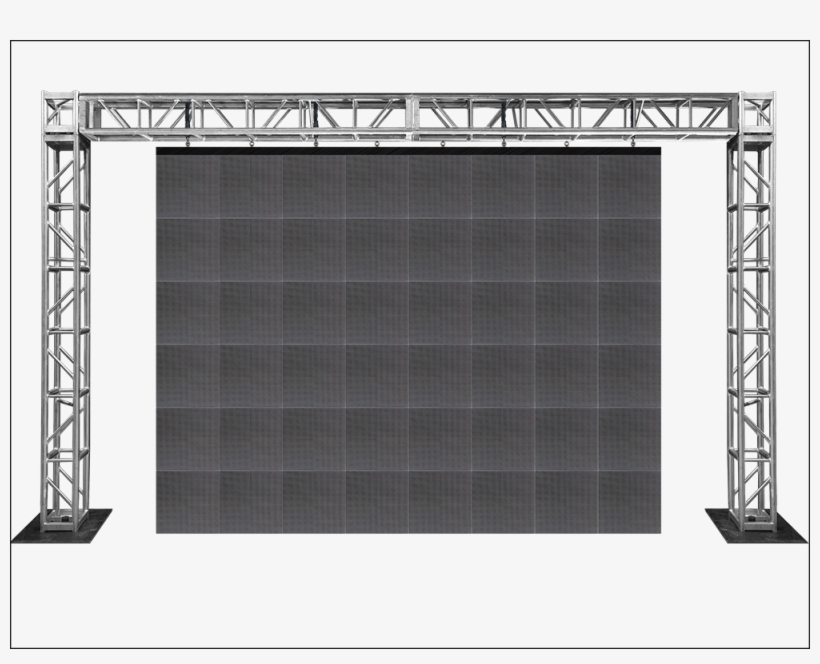A Thorough Analysis of Various LED Display Wall Technologies and Their Uses
A Thorough Analysis of Various LED Display Wall Technologies and Their Uses
Blog Article
LED video walls are increasingly common across different settings, including music events, athletic competitions, as well as corporate meetings. These large big displays are composed of numerous individual Light Emitting Diode panels that work together to create a single unified visual. Various multiple kinds of Light Emitting Diode display screen solutions available, each with its own features as well as benefits. Understanding these options can assist companies as well as entities choose the right option for their particular requirements.
A frequent type of Light Emitting Diode display wall technology is the directly viewed Light Emitting Diode. This technology uses separate Light Emitting Diode modules that are arranged near in proximity to create a large screen. Directly viewed Light Emitting Diode walls are known for their elevated luminosity as well as vibrant colors, which makes them perfect for outdoor activities or brightly illuminated settings. These displays also have a wide viewing angle, allowing indicating that viewers can see the display distinctly at various locations. Such makes direct view Light Emitting Diode screens a favored option for stadiums and outdoor events.
A different kind of Light Emitting Diode video screen solution is the LED illuminated LCD. This technology merges conventional Liquid Crystal Display displays with LED backlighting for improved luminosity and hue precision. LED illuminated Liquid Crystal Displays are often used in indoor settings, including retail centers as well as meeting rooms. They provide superior image quality and are generally more affordable than directly viewed Light Emitting Diode screens. Nonetheless, they may often perform as well in bright environments, as the backlighting can occasionally wash out the colors.
A third option is the Organic Light Emitting Diode display screen. Organic Light Emitting Diode solution offers exceptional differentiation and color depth compared to alternative kinds of displays. Each pixel in an OLED screen emits its own light, enabling for genuine dark tones as well as lively hues. This makes OLED video walls particularly appealing for applications that require high-quality visuals, including gallery exhibitions and luxury retail stores. Nonetheless, Organic Light Emitting Diode solution can be costlier costly while may often be as luminous as directly viewed Light Emitting Diode screens, rendering it not appropriate for external use.
In addition to these technologies, various additionally various applications for Light Emitting Diode display screens. They can be used for advertising, amusement, as well as information display. For example, companies commonly use LED display screens for digital signage to draw in clients and advertise led video wall for museums goods. Within entertainment, they enhance the visual experience at music events as well as events, providing lively backdrops and engaging images. Within business settings, Light Emitting Diode display screens can be used for presentations, visual conferencing, as well as educational sessions, helping to communicate data in a visually attractive manner.
In conclusion, LED display screens are available in various technologies, every having its own benefits as well as applications. Direct view Light Emitting Diode walls are great for external use, while LED illuminated LCDs are more suitable for indoor settings. OLED video screens offer superior image clarity but may come at a greater cost. Understanding the differences differences can assist entities make knowledgeable decisions about which kind of LED video screen best meets their requirements, whether for advertising, amusement, and corporate applications.